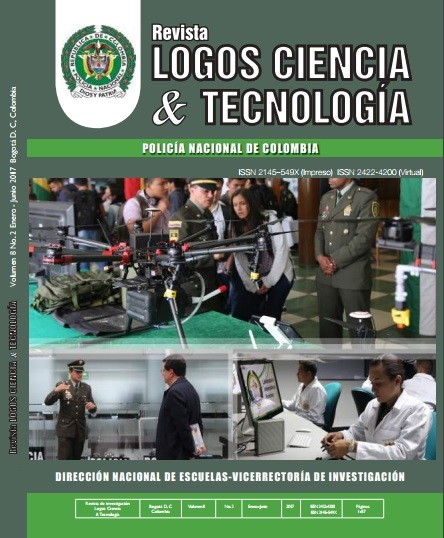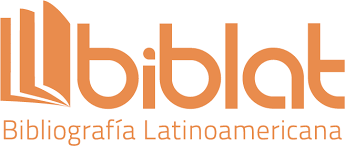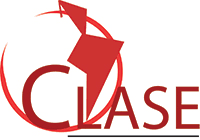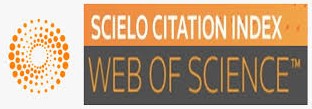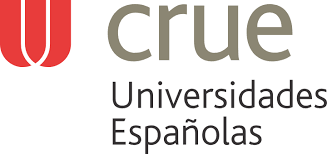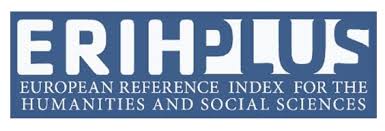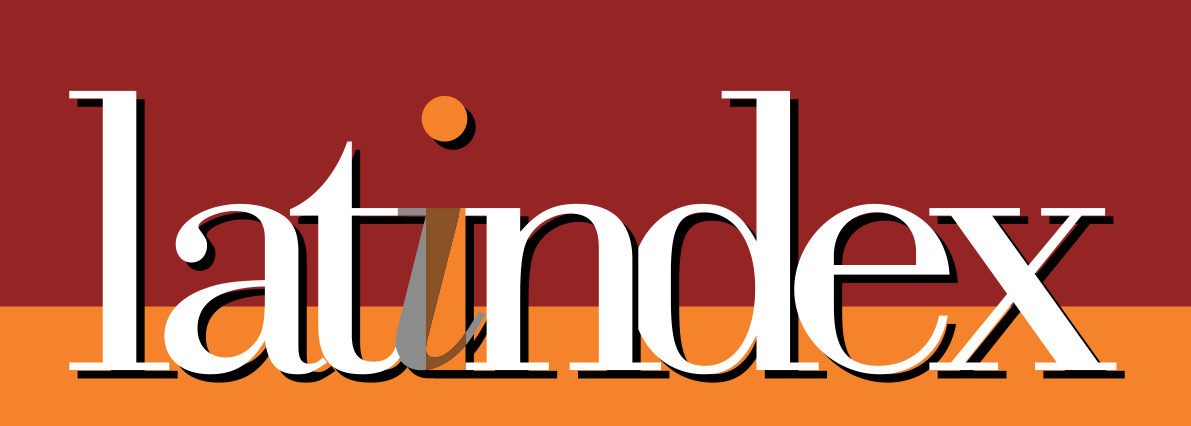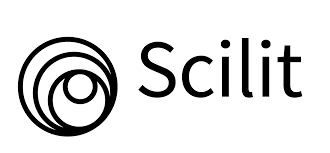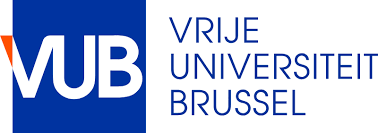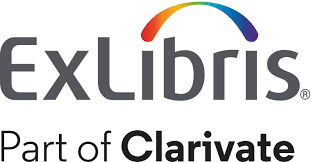Identification of soils of order inceptisol
DOI:
https://doi.org/10.22335/rlct.v8i2.304Keywords:
profile soil, mapping unit, taxonomy, formation, geologyAbstract
The description of soil profiles (agrological, geological and pedological level) was held at the Agricola Farm St. Francis University Foundation Juan De Castellanos, as a reference point of the municipality of Soracá - Boyacá, in order to meet the classification, physical conditions - chemical, natural fertility and soil management. With the application of the methodology SMSS - SDSS (USDA) or Soil Taxonomy, adapted by IGAC two test pits (JDC-CB1 and CB2-JDC) taxonomically classified as Humic Dystrustepts and Typic Dystrustepts they were made. These are soils of low fertility, high contents of Ca, K, Fe and low contents of Na, CIC, Mn and Zn, which should be improved with applications of N, P, S and MO (organic matter), according to the particular requirements implement crop in the agricultural area Soracá. The Consociation Cabrera (CB-Cbs) and the Bogota River Association (Rb-a), two mapping units were identified. AMVF1 (mountain areas and hills) and AMHA (floodplain). In addition, two formations. Physically chemical laboratory tests were made to soils with high clay content of the medium, high soil moisture, but with aeration and drainage problems. Additionally, they present a moderate and compacted structural stability (problems for agricultural work soil and moisture it should be adequate to prevent the structure is lost, since the state of aggregation is very high and soils are susceptible to hardening (hardpan). With the regional and local geology two formations: Bogota (Tb) and Tilata (Tst) were identified. In addition, three stratigraphic units (N2Q1Sc, E1Sc and K1-K6 stm) were defined.
Downloads
References
Agudelo, A. y Castro, M. (1999). Estudio de Vulnerabilidad de Tunja. Tunja: UPTC.
Andrade, A. 1994. La zonificación ecológica como base para el estudio integral del paisaje y la planificación del uso de la tierra. SIG-PAFC, revista informativa del proyecto SIG-PAFC, IGAC . 1(2) 28 -33.
Bedigian, D. (2013). Ecogeography and taxonomy of rogeria J. gay ex delile (pedaliaceae). Webbia, 68(2), 103-126. doi:10.1080/00837792.2013.867609
Contreras-Medina, R., Luna-Vega, I., & Ríos-Muņoz, C. A. (2010). Distribution of taxus globosa (taxaceae) in mexico: Ecological niche modeling,effects of land use change and conservation. Revista Chilena De Historia Natural, 83(3), 421-433.
Cortes, M. (2004). Evolution structurale du Front Centre-Occidental de la Cordillére Orientale de Colombie (Tesis de doctorado), París: Universite Pierre et Marie Curie, 331.
Cortés, A. Y Malagón D. 1984. Los levantamientos agrológicos y sus aplicaciones múltiples. Universidad de Bogotá Jorge Tadeo Lozano. Bogotá. 360 p.
Elbersen, G. W.; S. T. Benavides Y P. J Botero. (1986). Metodología para levantamientos edafológicos. Segunda parte: Especificaciones y manual de procedimientos. Bogotá: IGAC. 82.
Forero, M. C. (1984). Métodos de levantamientos de suelos. Bogotá: CIAF. 83.
Instituto Geográfico Agustín Codazzi IGAC – CORPOBOYACA. (2002). Zonificación de los suelos con aptitud forestal de los municipios ubicados dentro del área de influencia de la Corporación Autónoma Regional de Boyacá. ContratoS 558-2002 IGAC y 062-2002 Bogotá D.C.CORPOBOYACA.
Instituto Geográfico Agustín Codazzi. (1981). Estudio General de Suelos de los municipios de Chita, Jericó, Socotá, Tasco, Gámeza, Mongua, a escala 1:100.000. Bogotá, Colombia.
Instituto Geográfico Agustín Codazzi IGAC. Instituto Geográfico Agustín Codazzi. Subdirección de Agrología. (1982). Estudio General de Suelos de las provincias de El Centro, Occidente, Ricaurte y Tundama, a escala 1:100.000. Bogotá: IGAC.
Instituto Geográfico Agustín Codazzi IGAC. (1988). Interpretación de los Levantamientos de Suelos, Bogotá:IGAC, 188 p.
Instituto Geográfico Agustín Codazzi IGAC. Instituto Geográfico Agustín Codazzi Subdirección de Agrología. Métodos analíticos del laboratorio de suelos. Quinta edición. IGAC. Bogotá. 1990. 323 – 347 p.
Instituto Geográfico Agustín Codazzi IGAC. Instituto Geográfico Agustín Codazzi Subdirección de Agrología. Taxonomía de Suelos, 12(1),1-471.
Instituto de Geología y Minería. INGEOMINAS (1981). Geología del Cuadrángulo J-12 Tunja. Informe 1546, Boletín Geológico 24(2)
León, J. C. (1980). Unidades taxonómicas y unidades de mapeo en levantamientos edafológicos. Bogotá: CIAF. 152.
Ramírez, o. (1990). Zonificación Geotécnica de Tunja. (Tesis de Maestría). Universidad Nacional de Colombia. Bogotá.
Ramos M. A. (2013). Modelación hidrológica y actualización del estudio suelos de la cuenca del Alto Chicamocha. Informe técnico. CORPOBOYACA – UPTC. Tunja: Grupo GIBAGE. 333
Restrepo-Pace, P.A., f. Colmenares, c. Higuera & m. Mayorga. (2004). A Foldand -thrust belt along the western flank of the Eastern Cordillera of Colombia. Style, kinematics, and timing constraints derived from seismic data and detailed surface mapping. Cornell: AAPG.
SOIL MANAGEMENT SUPPORT SERVICES (SMSS). (1985). Criterios para el uso de la taxonomía de suelos en la denominación de unidades cartográficas. Monografía técnica SMSS No. 15. Cornell: Editores A. van Wambeke y T. R Forbes. 67.
SOIL SURVEY DIVISION STAFF. (1993). Soil survey manual. Handbook No. 18. Washington D.C: Department of Agriculture (USDA). C. 437.
Van der Hammen, T.(1958). Estratigrafía del Terciario y Maestrichtiano Continentales y Tecnogénesis de los Andes Colombianos. Boletín Geológico 6(1).
Zinck, J.A. (1987). Aplicación de la geomorfología de levantamientos de suelos en zonas aluviales y definición del ambiente geomorfológico con fines de descripción de suelos. Bogotá IGAC. 178.
Downloads
Published
Issue
Section
License
This journal provides free and immediate access to its content (https://creativecommons.org/licenses/by/4.0/legalcode#languages), under the principle that making research available to the public free of charge supports greater global knowledge exchange. This means that the authors transfer the Copyrights to the journal, so that the material can be copied and distributed by any means, as long as the authors’ recognition is maintained, and the articles are not commercially used or modified in any way.
